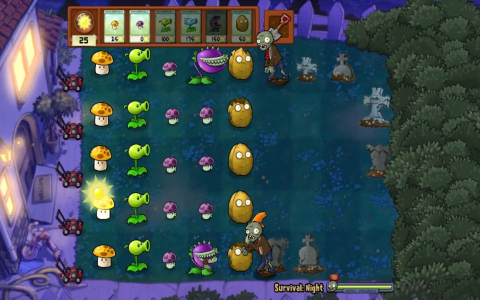Okay, so, I came across this thing called “Woods and Poole” the other day. Sounds kinda boring, right? But turns out, it’s actually pretty darn interesting, at least for data nerds like me. These guys, they’re like the fortune tellers of numbers, but instead of crystal balls, they use, well, a lot of other numbers. Basically, they’re an independent firm that crunches economic and demographic data, and they do it for the long haul – we’re talking projections way out into the future, like 2050 and beyond.

My first step was finding out what the heck this company even does. I dug around and found out that they have this massive database. We’re talking GDP, population, employment, you name it, for every single county in the U.S. It’s a goldmine if you’re into that sort of stuff.
Here’s what I did first:
- I spent a good chunk of time just exploring their website, poking around to see what kind of data they offered. It was a bit overwhelming, to be honest.
- I tried out this interactive mapping tool they have. Pretty neat way to visualize all this county-level data they’ve got. You could see population changes over time, which was kinda cool.
Diving into the Data
Next, I got my hands on some of their actual data sets. There’s one called CEDDS 2010, which is basically a collection of all sorts of socioeconomic indicators for the U.S. That’s a fancy way of saying it’s got a bunch of numbers about people and money.
Here’s what I did with the data:
- I downloaded the CEDDS 2010 data. It was a bit of a process, but I managed to get it into a format I could work with.
- I started comparing their projections with some other data I had, like stuff from the Census and some other places. This was a bit tricky because their projections seemed a bit… ambitious, compared to the trends I was seeing.
- I tried to figure out how they were making their projections. It seemed like they were linking all these counties together to get a sense of regional flows, which is actually pretty smart.
Putting It All Together
Then it was time to actually do something with all this data. I had my own database, and I wanted to see if I could combine it with Woods and Poole’s data. This was the tricky part, but it was also the most rewarding. After some trial and error, I got things working. This meant I could finally start doing some analysis, picking out the variables I cared about and leaving the rest.
Here’s how I made it work:
- I figured out how to merge their data files with my own database. It wasn’t easy, but I found a way.
- Once I had everything in one place, I started doing some actual analysis. This is where things got really interesting.
So, yeah, Woods and Poole. Not exactly a household name, but their work is pretty important if you’re interested in understanding how the U.S. economy and population are going to change in the future. It was a bit of a learning curve, but I had a lot of fun getting my hands dirty with their data. And hey, who knows, maybe I’ll even start making my own predictions now. Just kidding… unless?



















